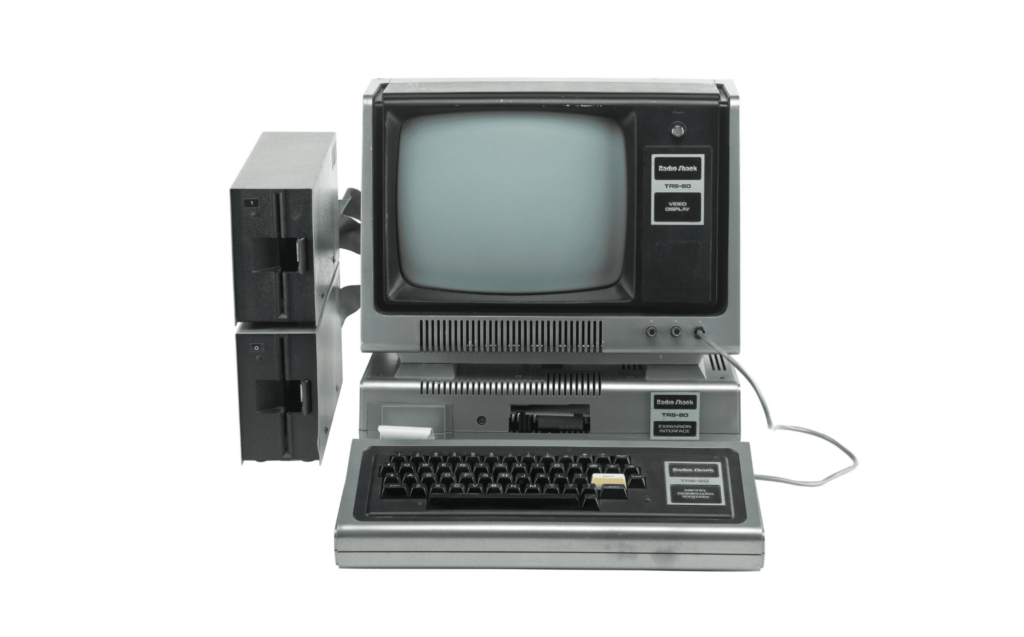5 Factors to Consider Before Recycling Personal Computers
Recycling personal computers is a tricky and challenging task to fulfill. The first step is to identify what kind of computer you have. Different types of computers require other recycling processes. Then, you need to determine the options for recycling the computer.

Some organizations offer free or low-cost recycling of computers, while others charge a fee. Meanwhile, it also helps to disassemble the computer, leaving them in groups. But which factors should people consider in recycling personal computers? Here are some ideas.
1. Backup All Data
Before recycling any computer, it is vital to ensure that all the critical data is backed up. Backing up the data stored in the computer is essential to protect any sensitive data and personal information. It also helps to avoid any legal problems in the future.
There are now many options to back up data from computers. With the increasing availability of cloud storage and other backup solutions, it’s easier than ever to ensure that your data is safe and secure. As a result, people can access their files from a cloud, saving them time in the process.
2. Delete All Data
Before you start the recycling process, you must delete all data and files from the computer. It includes personal information, such as financial statements, passwords, and other sensitive information. It’s best to use specialized software to remove all data.
Once you have deleted all the data and files, you can recycle them. Depending on the type of computer you are recycling, some final steps may need to be taken before the computer can be recycled. For example, there are instances when some parts will need disassembling.
3. Find Reliable Recycling Centers
Once you have deleted all the data, people must find a reliable recycling center to take the computer. Their local government or waste disposal service may have a list of certified recycling centers. Additionally, some manufacturers provide recycling services for their products.
People can also check with local charities or thrift stores to see if they accept donations of computers. Recycling computers is now more accessible as more places are accepting old technology. But it pays to find the best location to drop them off.
4. Transport Equipment
After finding a recycling center, people must transport the computer to the facility. If the center provides a pick-up service, they must contact them to make arrangements. Schedule it as early as possible to avoid forgetting it. If not, people can transport it themselves.
When transporting a computer, people should ensure it is secure and protected from potential damage. They should also take safety precautions, such as wearing protective clothing and using a trolley or cart to move it. Avoid carrying the equipment if it is too heavy.
5. Drop Off the Computer
Once the computer is at the recycling center, the next step is to drop it off. People should bring any necessary documentation, such as proof of purchase or a receipt. They should also ask the staff at the facility any questions, such as what will happen to the computer and what the center does with the recycled materials.
Conclusion
Properly disposing of a computer is essential to preventing environmental damage and protecting the data stored on the device. Start by researching local facilities, properly package the computer for transport, and drop it off at the recycling center. People can ensure their computer is recycled safely and responsibly by taking the necessary steps.
Beyond Surplus is an IT equipment recycling center dedicated to handling e-waste disposal and taking care of clients wanting to let go of their old electronics. Learn more about the disposal process by browsing our website and donate electronics today.


